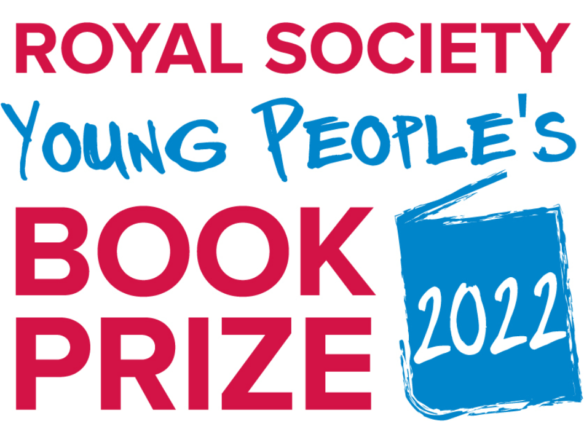
Discover how an insect diet could help the planet, how soaring skyscrapers reach beyond the clouds, and how the women that dared to think differently contributed to life-changing scientific discoveries, with the shortlist of the Royal Society Young People’s Book Prize.
The prize celebrates the very best science books for under-14s and aims to encourage young readers to satisfy their curiosity by immersing themselves in the wonderful world of science.
The shortlisted books for the Young People’s Book Prize 2022 are:
- Beetles for Breakfast…and Other Weird and Wonderful Ways to Save The Planet by Madeleine Finlay, illustrated by Jisu Choi
- Fantastically Great Women Scientists and Their Stories by Kate Pankhurst
- Fourteen Wolves by Catherine Barr, illustrated by Jenni Desmond
- How Was That Built? by Roma Agrawal, illustrated by Katie Hickey
- If the World Were 100 People by Jackie McCann, illustrated by Aaron Cushley
- Microbe Wars by Gill Arbuthnott, illustrated by Marianna Madriz
A shortlisting panel made up of scientists, an actor, a teacher, and authors has whittled down dozens of titles to six of the year’s most fascinating books.
The shortlist will now be sent out to over 700 UK schools, science clubs and groups, where more than 15,000 young judges will pore over the pages before declaring their winner.
The winning book will be unveiled at an online awards ceremony in March 2023.
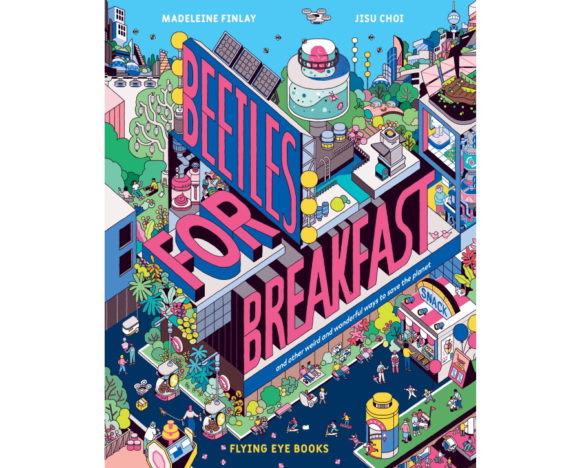
Beetles For Breakfast…and Other Weird and Wonderful Ways to Save The Planet by Madeleine Finlay, illustrated by Jisu Choi
We all know the effects that climate change is having on our planet – but what about the strange, and creative ways that scientists are working to find practical and imaginative answers to these big problems?
Following a day in the life of a child, we see how new green inventions could fit into everyday life, from brushing your teeth with biodegradable algae, to eating beetle burgers for lunch and coming home to do your homework with a pen with ink made from exhaust fumes. With a mixture of infographic-style artwork and topical, and funny facts from scientist Madeleine Finlay, children will love seeing familiar scenes with a futuristic twist. Open up to learn all about the cool, exciting and sometimes quite strange inventions that could be part of normal life in the future.

Fantastically Great Women Scientists and Their Stories by Kate Pankhurst
Prepare to be inspired with this fantastically great new series for young readers from bestselling author Kate Pankhurst, descendent of suffragette Emmeline Pankhurst. In this first book, read the true stories of amazing scientists and discover things that are out of this world!
Women have been responsible for many of the world’s most ground-breaking scientific discoveries. These are the stories of incredible female scientists whose hard work and persistence changed our understanding of science and transformed people’s ideas of what women can do.
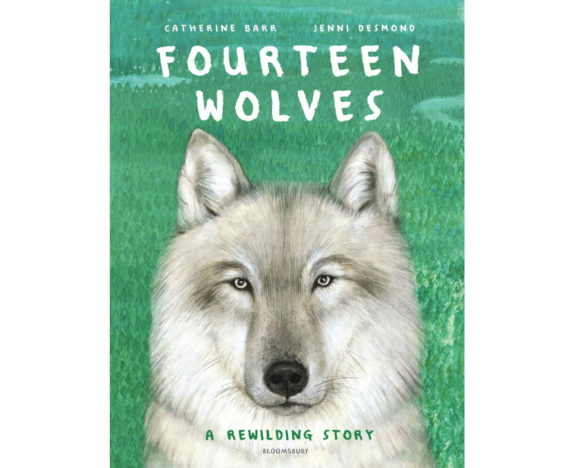
Fourteen Wolves by Catherine Barr, illustrated by Jenni Desmond
In fairy tales, the wolf’s cry makes people shudder. They’ve been hunted and captured but the wolf carries a wild magic – a magic that once restored a barren land. When wolves disappeared from Yellowstone Park in the 1930s, the ecosystem started to collapse.
Enormous herds of elk swarmed the plains, bears starved, rabbit families shrunk, and birds flew away to new homes. Plants vanished, trees withered, and rivers meandered. Until in 1995, wolves returned to the park and everything began to change for the better. This is the story of their homecoming.
With atmospheric storytelling from Catherine Barr and breathtakingly beautiful artwork by Jenni Desmond, this inspiring true story shows that every species plays an important part in protecting our planet.

How Was That Built? by Michael Holland and Phillip Giordano
Join Roma Agrawal, the award-winning structural engineer who worked on The Shard, for an exciting behind-the-scenes look at some of the world’s most amazing landmarks. Meet the extraordinary people who challenged our beliefs about what’s possible, pioneering remarkable inventions that helped build the Brooklyn Bridge in the US, the Pantheon in Italy, the Burj Khalifa in Dubai, the Shard in England and the Sapporo Dome in Japan. Discover the ingenious methods engineers have come up with to enable us to build underground, underwater, on ice and even in space, and learn about the impact different forces and materials can have on a structure by carrying out your own engineering experiments from the ‘Try it at Home’ sections. With beautiful and detailed illustrations by Katie Hickey, get ready to see the built world around you like never before!
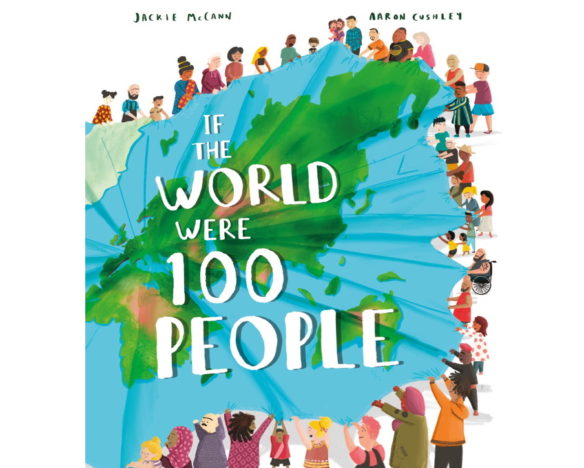
If the World Were 100 People by Jackie McCann, illustrated by Aaron Cushley
There are almost 8 billion humans living on Earth, but it’s tricky to picture so many people! So instead, let’s imagine the whole planet is a village where 100 people live – each person representing around 80 million people in the real world.
So what does our global village of 100 people look like? Are they all grown-ups? Are there more males or females? How many have black hair or blue eyes? What languages do they speak? This book answers all of these questions and much, much more!
Big ideas are broken down into bitesize chunks through clever illustration and graphic design. By focusing on just 100 people, it’s easier to see the things we have in common, and the things that make us unique. If the World Were 100 People is a perfect introduction to the world we live in for children aged 5+ and a wonderful way to support them in becoming global citizens.
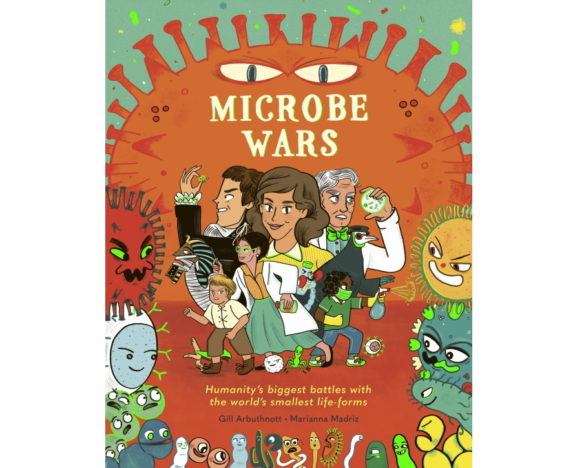
Microbe Wars by Gill Arbuthnott, illustrated by Marianna Madriz
Since the beginning of human history, we have been at war with an invisible enemy. Microbes.
These tiny organisms can spread terrible diseases. Ramses V, Pharaoh of Egypt may have died of smallpox; in 1918 a new illness called the Spanish Flu killed 50 million people in 18 months; and in the fourteenth century the black death killed more than a quarter of the population. In more recent times Covid 19 has changed the way we live.
But there’s good news too! Human scientists have learned to fight back. In the 18th century Edward Jenner developed the first vaccine, and since the 1930s penicillin has saved millions of lives. And many microbes are helpful. They help our digestion, give us powerful medicines and even food.
This is the Microbe Wars. It’s good, it’s bad sometimes it’s ugly, but it’s a scientific journey filled with innovation and hope.
[Based on a press release.]
Discover more from File 770
Subscribe to get the latest posts sent to your email.
